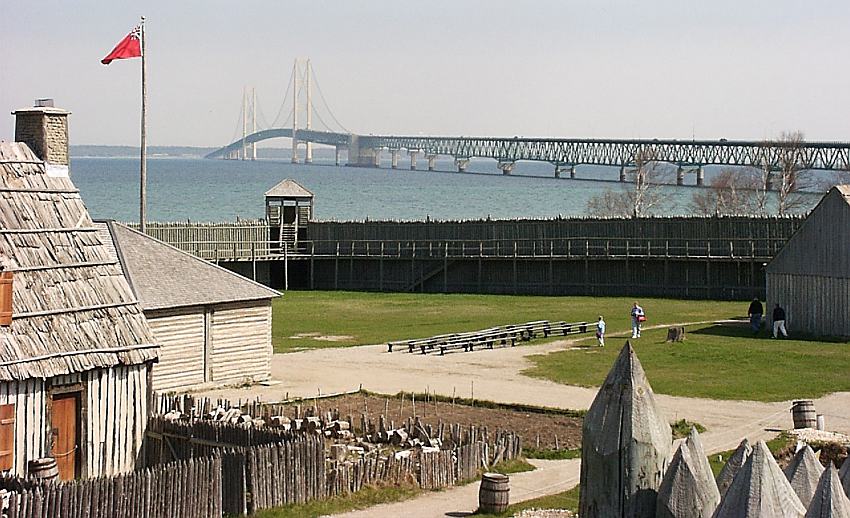Context and Brand Planning.
I was reading today about Robert Rauschenberg’s mixed media piece of art, entitled “Canyon”, and its donation to the MoMA. One of the arguments by MoMA to the donor family for putting it there vs. The Met was that ther Rauschenberg “combines” were on display there along with combines by other important artists of the period. The logic being MoMA would provide a more contextual setting.
Context is a keyword for brand planners. We use it when budgets are low. We use it when it’s pregnant with emotional meaning. We mold it sometime, just for the poetry. As a fairly newly minted brand planner, I look at the craft in context. When I think about the pursuit, I muse over its history, its future, the tools and best practitioners. I’ve been a brand planner at agencies and as a director of marketing. In both situations the job is to create stimulants for selling. Sustained selling. That takes organization, tough decisions and a tight plan. It also takes oversight. At agencies the stim. is the brief,and oversight of the creative product. (The latter often doesn’t go well.) Client side, the stim. is the brief, the selling in and oversight of executive management, direct reports and agents (nicer word than vendors). Can you say herding cats in a marble hallway?
My hope as a brand planner is to alter the context of the discipline in marketing. Just as Margaret Mead insisted that all of her direct reports at the American Museum of Natural Art had psychotherapy – she argued knowing more about yourself has to be healthy – I believe marketing is healthiest when driven by a brand plan. And evolving the marketing craft in that direction, where brand plans are not an afterthought or side-thought, but the fundamental building block is my mission. In the historic context that is brand planning, my aim is to make it the major organ in the marketing body. Peace!
PS. If you don’t comment, I can’t learn.






